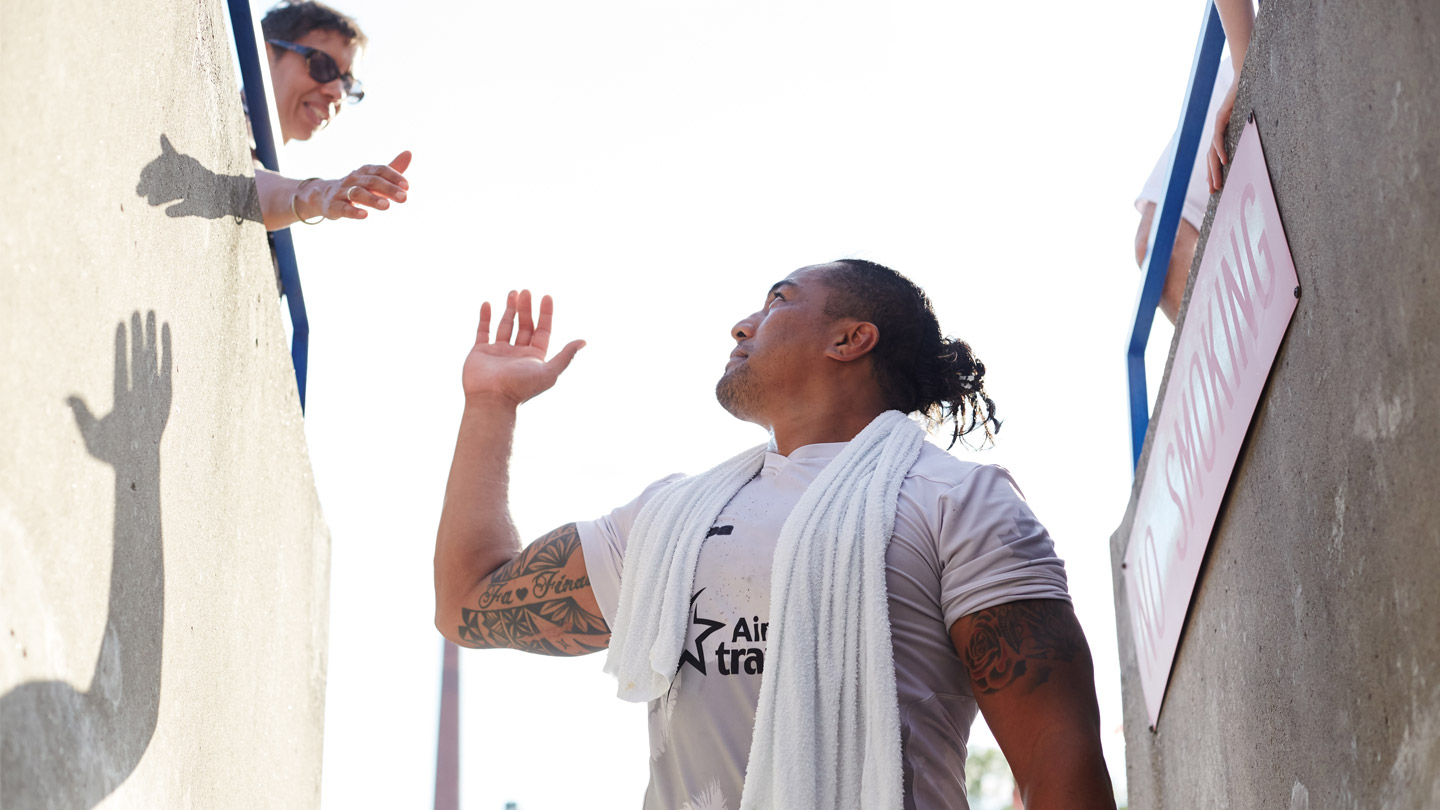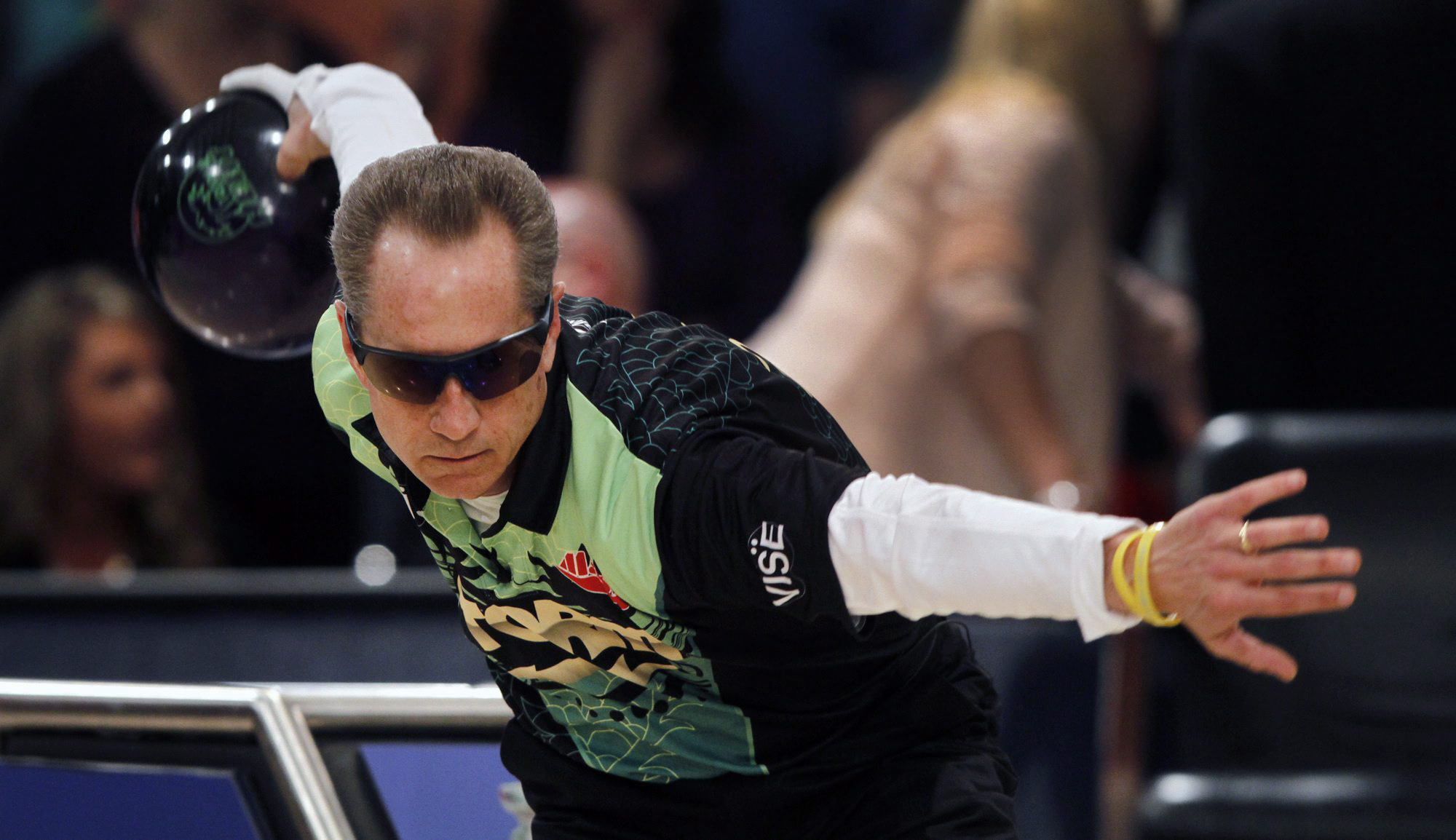Lay hands on Stirling Hart’s phone and you’ll see he’s got a picture of himself set as the background. A choice like that usually says something about a person. In Hart’s case, it says something about a person and a chainsaw. It’s a full-body shot taken from a bit of a distance. Hart fills the right side of the frame. He’s wearing a tight-fitting red-and-black striped shirt covered in sponsor logos, as well as the full catalog of safety equipment his sport requires for its gas-powered events: earmuffs, safety glasses and chainsaw pants. His hot saw is at his feet, and he’s looking down at it with one hand on his hip and the other up by his chin. His face is partly obscured by the time and date on the phone’s display, but his mouth is visible — drawn tight, turned down and pained. It’s the mouth of a man whose disappointment keeps breaking in fresh waves. The picture was taken in Stuttgart, Germany, in November 2016, seconds after a mental error cost Hart the first individual podium finish in Canadian history at the Stihl Timbersports World Championships.
A standard Timbersports competition is comprised of six events — three use an axe, two use some version of a chainsaw, and one uses a crosscut saw. Each one is a race against the clock. Points are handed out by position from fastest to slowest. Dead-last is worth something, but a DQ isn’t. The winner is the one with the most points when all is said and done. In Stuttgart, Hart had been having, in his own estimation, “the best day nearly any athlete could hope for.” He’d set a world record in the Springboard Chop, and national records in everything else. Gold was on the table; he could earn it with a good time in the day’s last event, the Hot Saw. Disqualification was the only thing that could cost him silver.
At the starter’s signal, Hart pulled the cord on his hot saw — nothing. He re-wound the cord and pulled again. The engine fired on the second attempt. He’d already lost first place, but he didn’t slow down for a steadying breath or to take stock of the log in front of him. Instead, he rushed to put chain to wood. “I was still in race mode,” he offers months later by way of explanation. “All I had to do [to lock down second place] was make three cuts — one down, one up, one down — in six inches of wood.” His third cut took him over the six-inch line, an instant disqualification. He dropped from second to fourth place, just off the podium. “So every time I turn my phone on, that’s what I look at,” he says. “And I remember what that felt like, being on stage. Even now it gives me goosebumps and chills and kind of makes me angry.”
Hart uses his phone as much as most people do, meaning he sees the picture at least a few dozen times a day.













